Introduction
The symbolist play “Pelléas et Mélisande” written by Maurice Maeterlinck never had much success on stage.
The tragic story of the title characters, entangled in an impossible love triangle that reminds of Paolo and Francesca, was derided by critics at its premiere in 1893.
It did, however, get the admiration of many artists: from Strindberg to Rilke, from Sibelius to Debussy – who wrote an entire opera on it – to Gabriel Fauré.
Fauré was, in fact, the first leading composer to write music inspired by this drama with his incidental music to the play.
Fauré’s music was written for the 1898 London production of Maeterlinck’s play and commissioned by the star of the show, Mrs. Patrick Campbell.
In truth, Campbell had asked Debussy first, but he refused, being already busy with the operatic version of the play.
The deadline was pretty tight and Fauré resorted to one of the oldest tricks in the book of composers: reuse music he had written earlier and never published.
That wasn’t enough: he also had his pupil Charles Koechlin work on the orchestration.

Painting of Gabriel Fauré by John Singer Sargent, 1889
Later on, Fauré created a suite out of the original theater music – a very common practice – orchestrating the music himself this time. He still used Koechlin’s score as a starting point but reworked it for a larger force.
The suite at first consisted of the Prélude, Fileuse (entr’acte to Act 3) and La mort de Mélisande (entr’acte to Act 4). In a second version, Fauré added the Sicilienne.
The Prelude to Fauré’s Pelléas et Mélisande
Should you need a score you can find one here.
The Prélude is based on two themes: the first one opens the prelude played only by the strings minus the double basses. A comforting G major quickly turns into a mysterious E minor. Notice the pizzicato of the double basses and the longer slurs the second time the opening theme is repeated, to underline the pianissimo dynamic.
According to critic Gerald Larner, this theme reflects Mélisande’s introverted personality.

Oops...
This content is available for free with all memberships.
Already a member? Login here.
Not a member yet? Subscribe today and get access to more than 80 videos, scores analysis, technical episodes, and exercises.
The music takes a leap forward with a 3 bars progression using the same material and adding the flutes in thirds. The flutes, playing in the mid-low register, are beautifully coloring the sound of the strings.
If you look closely at the first violins and read bar number 2 backward, you’ll see the second bar of rehearsal 1, almost pitch by pitch
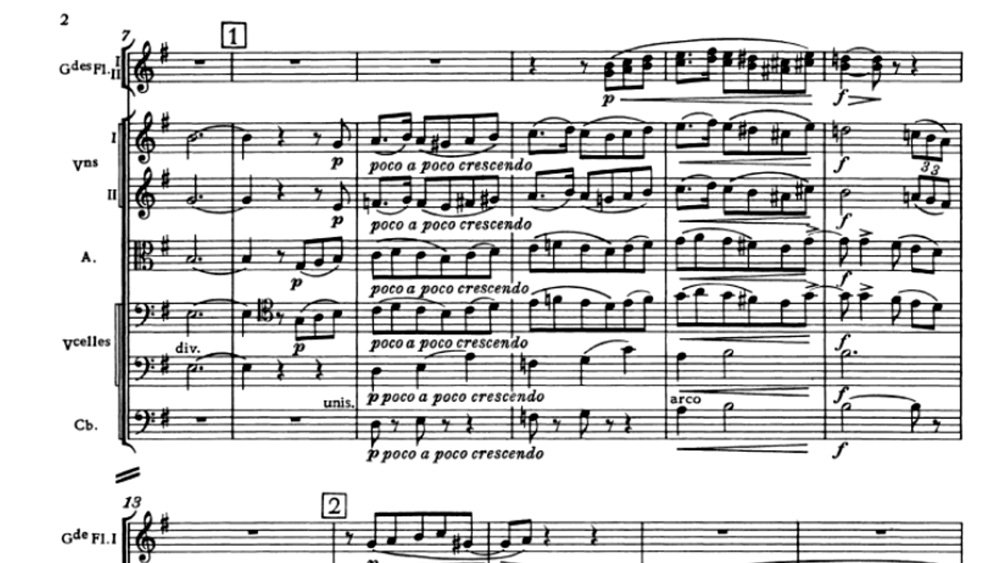
but the phrase quickly folds back on itself dissipating the tension and hinting at a return to the G major. Notice the one note of the horn.
This, like the flutes 2 bars earlier, are little details enriching the orchestration in a very refined way. Something that Debussy and Ravel will take to a whole new level in the years to come.
Another progression starts and rises for 4 bars starting at rehearsal number 2 and inevitably falls back. See how this piece is constructed on continuous emotional waves, moving forward and pulling backward in a constant game of dynamics contrasts.
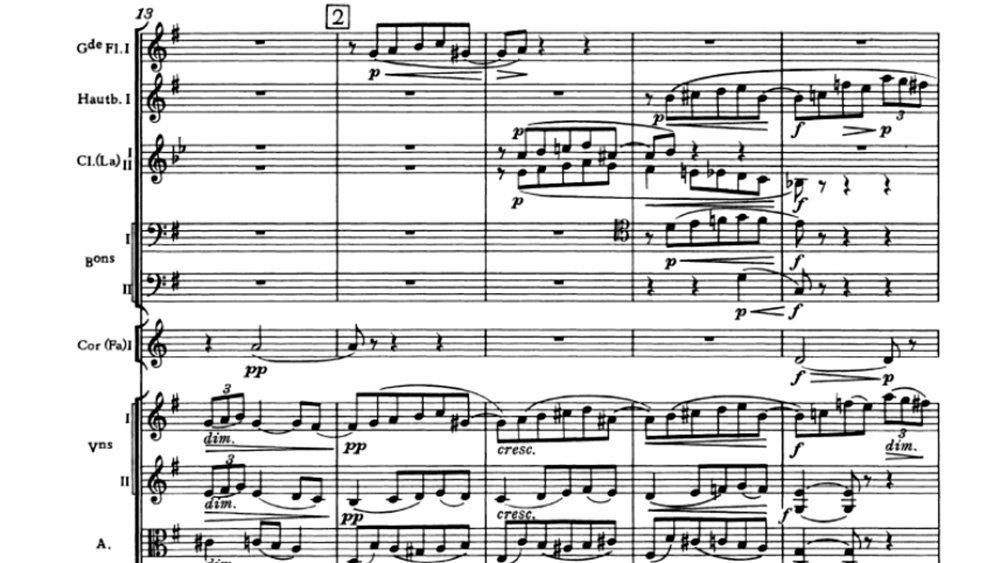
Another 4 bars progression drives to the first fortissimo, retreating to a piano after one bar, and the to fortissimo again.
Notice the gentleness added by the harp, the beauty of the bass line moving downward while the other line moves up, and the entrance of a single trumpet, again in the low register, to color the sound without disturbing the atmosphere
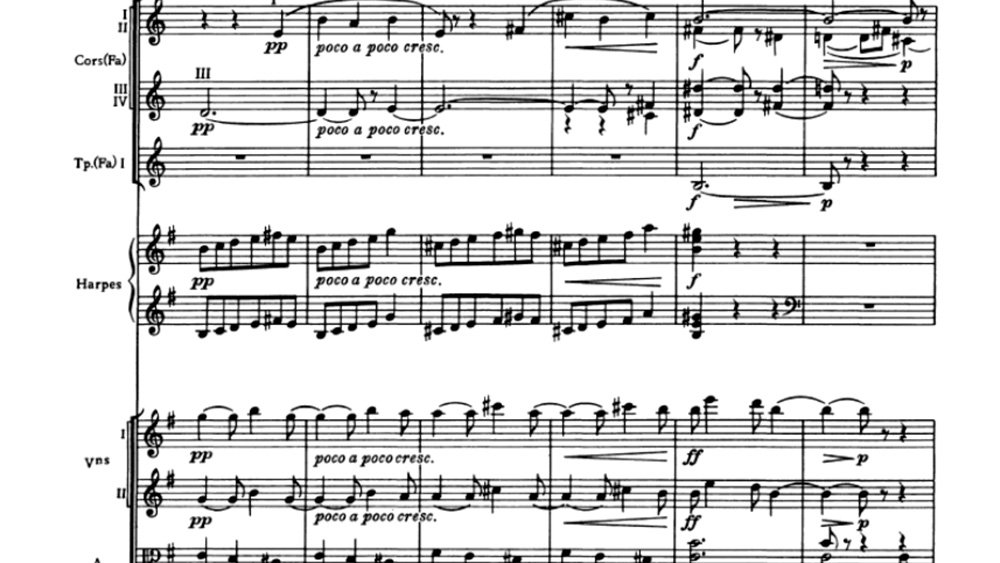
After the first fortissimo, the main theme interjects through the oboe. The second fortissimo is much more dramatic but the flutes dampen it out helped by the change in harmony.
It’s another peculiarity of this piece: the constant harmonic shifts. Fauré drives us in one direction and then changes the resolution of the chord, starting on a new path.
Technical tip
One of the most difficult things to control is the breath of the piece. This music needs small unwritten push-and-pulls here and there in order to come alive.
You need to breathe with the music constantly, and control the speed of your baton, spacing it evenly between one pulse and another.

For a technical analysis, along with some exercises, take a look at this other video
Once more, the line falls back and restarts with a new progression, reaching another fortissimo. Notice the sempre f on bar 48: that’s a note to the conductor. The diminuendo is created in a natural way by thinning out the instrumentation. A couple of bars later the music falls down to rest. Not just yet. Fauré retakes the motive we heard at rehearsal number 2 interjecting the main theme and builds on it once more
And then again back, to almost nothing. A chord of the strings sustaining the one pitch line of the horn. This line may suggest Golaud’s discovery of Mélisande in the forest.
One last emotional wave and the piece closes, circling back to the very opening.
Notice, though, the F natural, hinting once more, towards a change of harmony, in the third to last bar. It does not last, and we can finally rest on our comforting G major
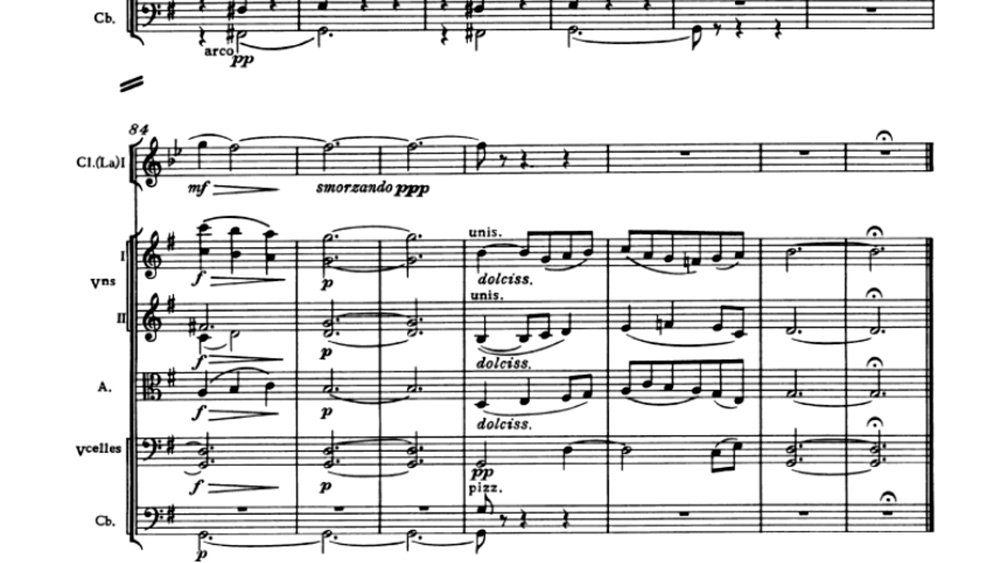


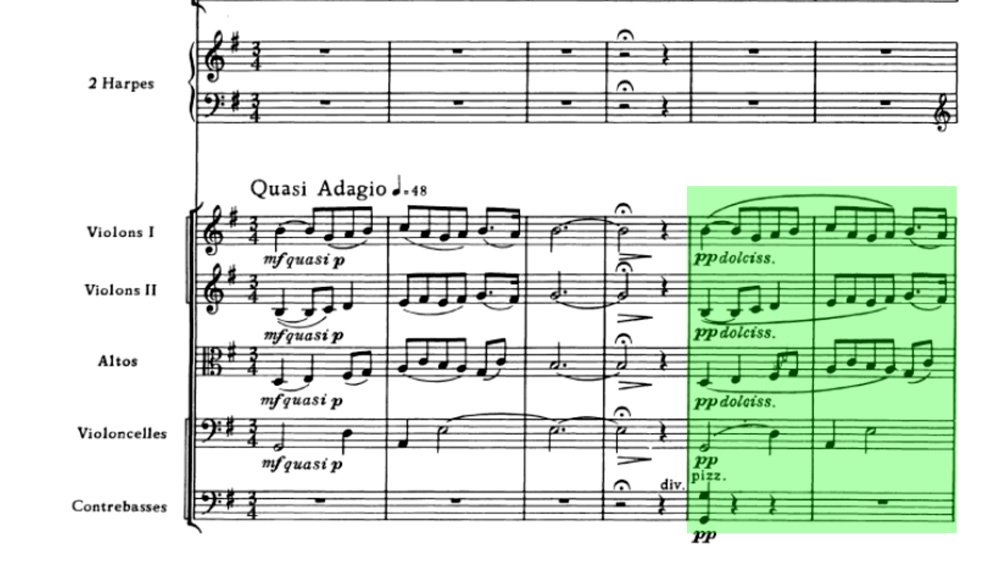
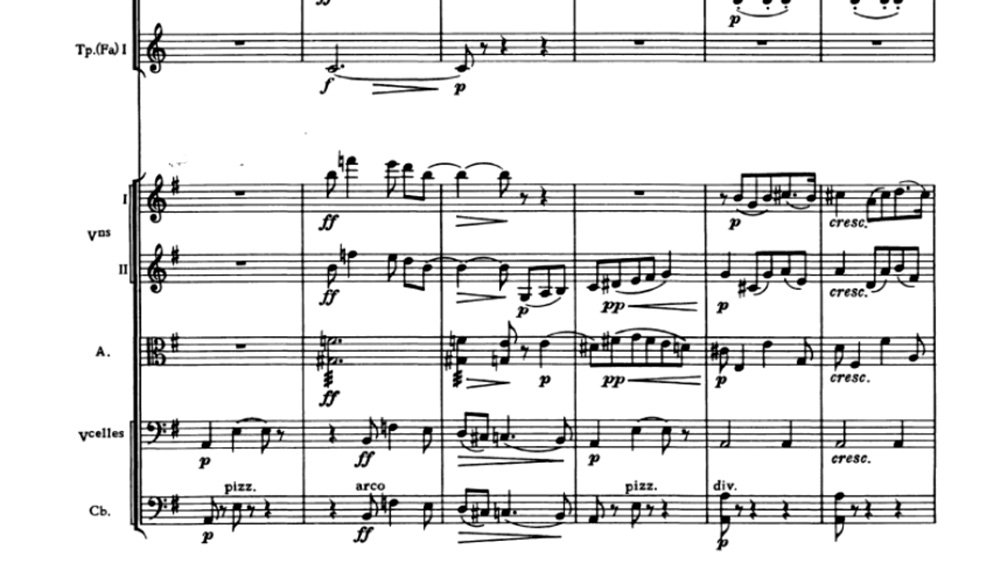
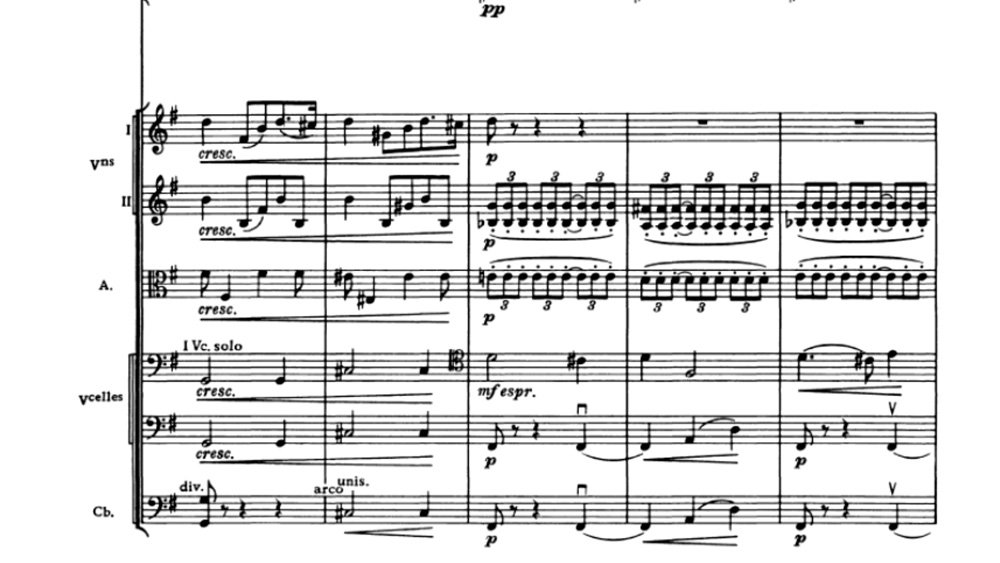
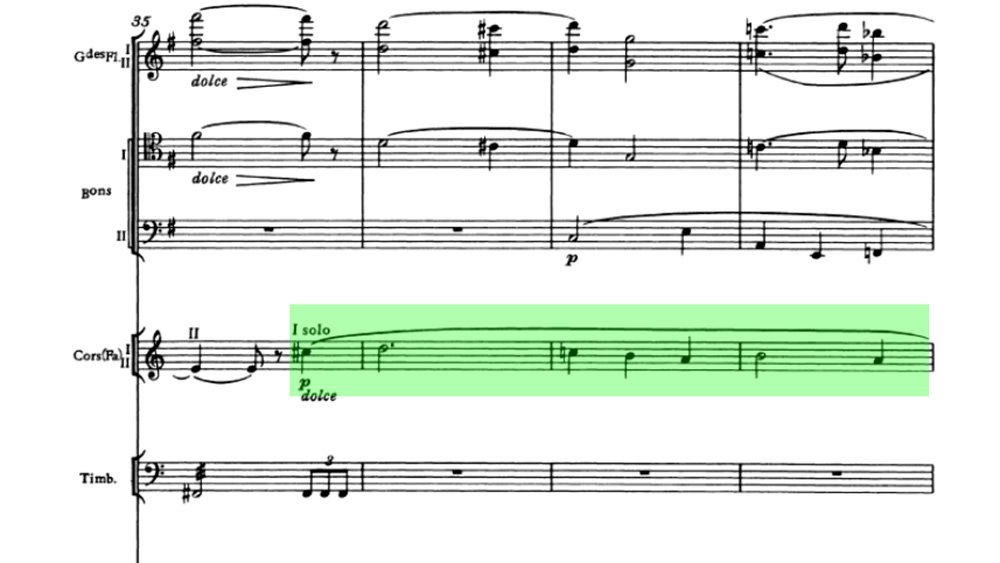


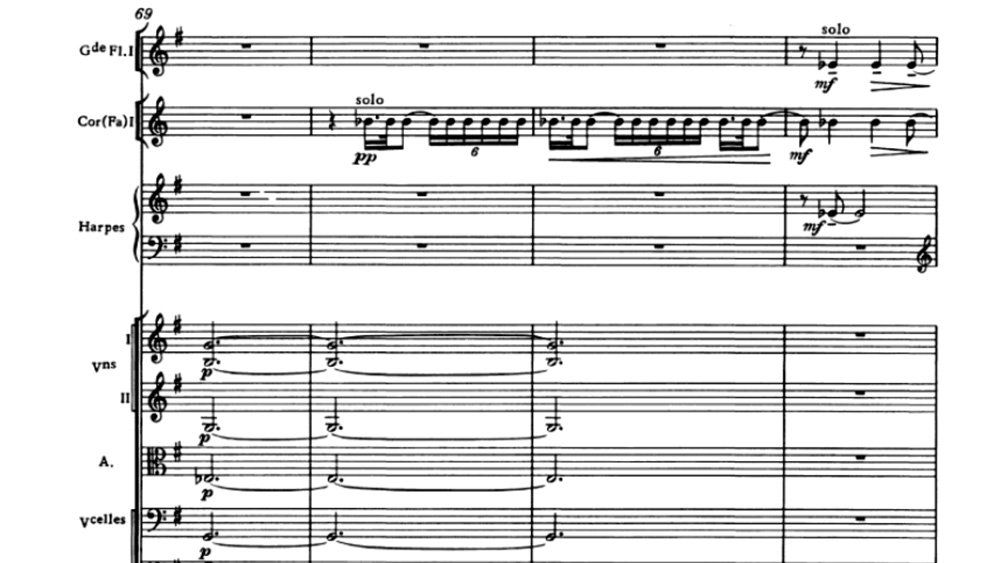





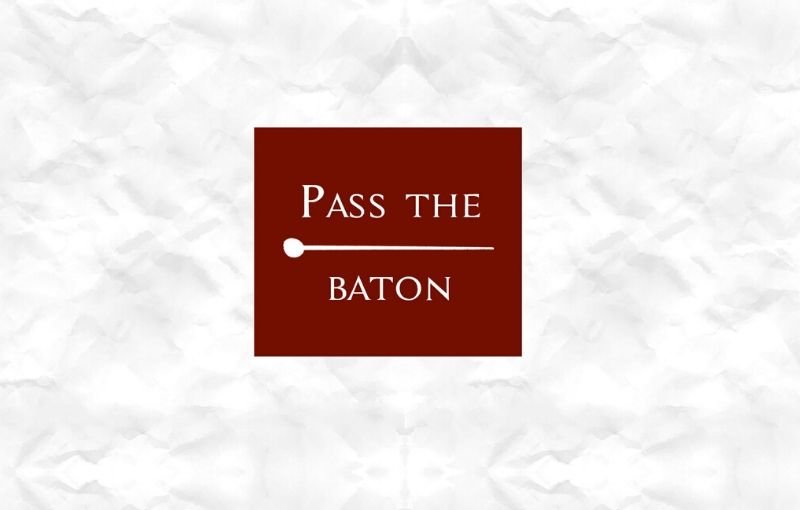
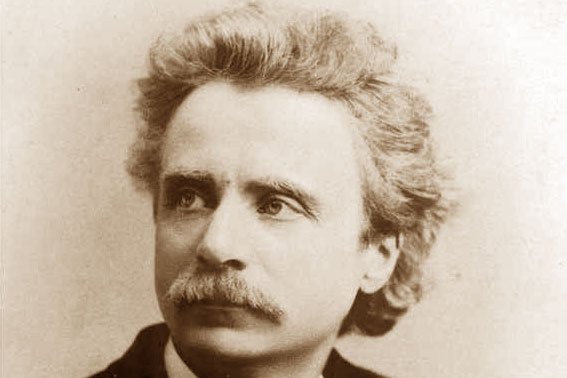
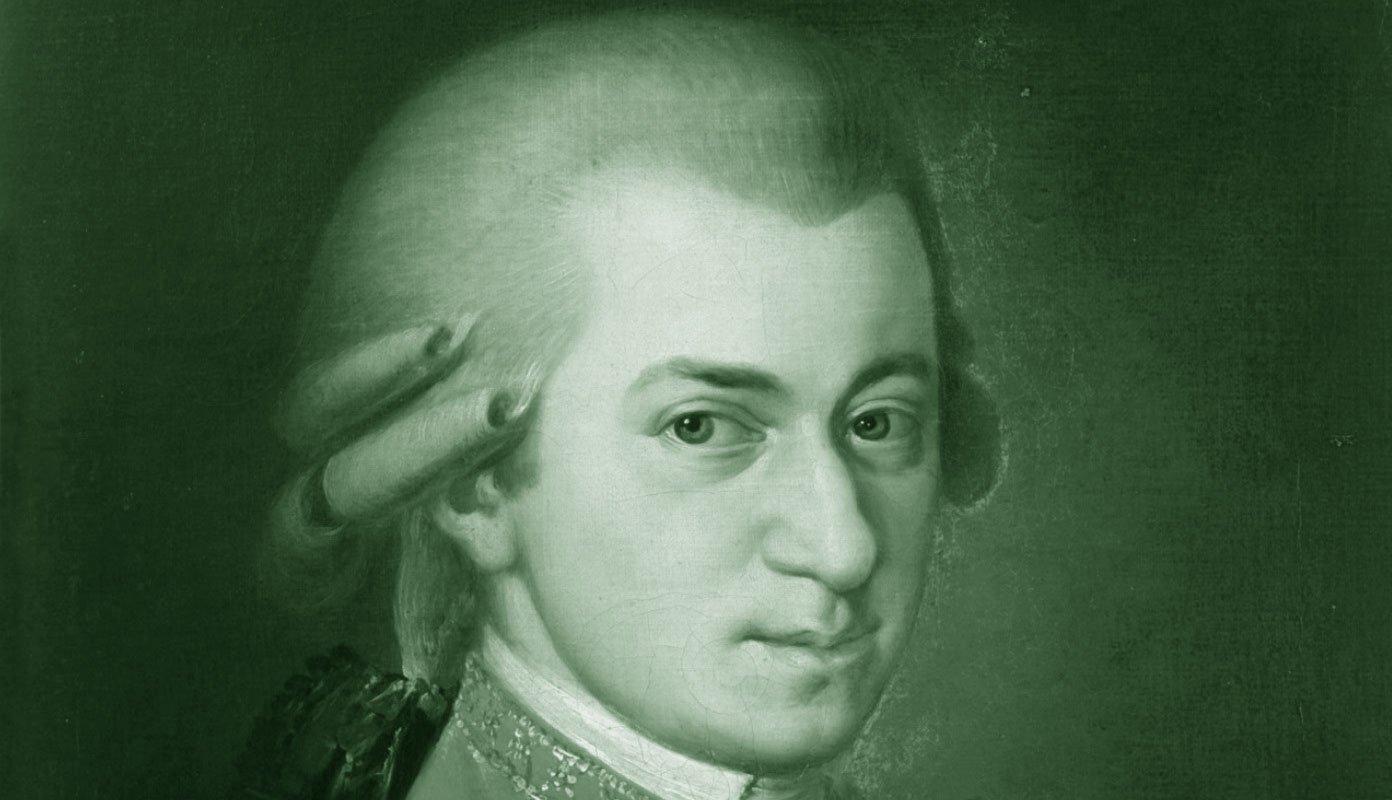


0 Comments